What are Management Roles | 10 Types of Managerial Roles Explained

Sorry, there were no results found for “”
Sorry, there were no results found for “”
Sorry, there were no results found for “”

From team builders to big-picture thinkers, this guide breaks down the 10 key managerial roles every modern leader needs to master—based on Mintzberg’s classic framework. Whether you’re a new manager or seasoned leader, mastering these roles is key to leading effectively. ClickUp ties it all together with practical examples and built-in tools to help you manage tasks, people, and priorities in one place.
Management is a complex activity that involves people, processes, and problem-solving. In a single day, you may find yourself planning for the next quarter, allocating tasks or materials, negotiating for more budget, and dealing with an upset client or staff member. 🤹
An effective manager therefore needs to develop a wide range of skills. Those skills can be divided into categories known as managerial roles.
In this guide, you’ll learn what a managerial role is and how the different types of roles are classified. You’ll also explore how to use these managerial role definitions to develop your management skills and boost your chances of promotion. 🙌
Managerial roles are a way of classifying the various functions of management. The roles were developed by a Canadian academic and author, Professor Henry Mintzberg, and published in 1989 in his book, “Mintzberg on Management: Inside Our Strange World of Organizations.”
Mintzberg’s management roles help define the skills required by managers at different levels of the organizational structure.
Whether you’re already in a managerial position or applying for one, use these managerial role definitions to clarify your job description and identify areas for improvement to enhance your professional toolkit. 🛠️
Mintzberg’s management theory describes three different types of managerial roles: interpersonal roles, informational roles, and decisional roles. Each category is further divided into several specific managerial roles.
Due to the nature of managerial work, you’ll likely need to call on several, if not all, of these skills at different times of your workday. 🕜
In interpersonal roles, the manager is responsible for providing ideas and information. They interact with other people to make sure things get done in alignment with organizational goals. This includes communication both within the organization and externally—for example, with clients and other stakeholders.
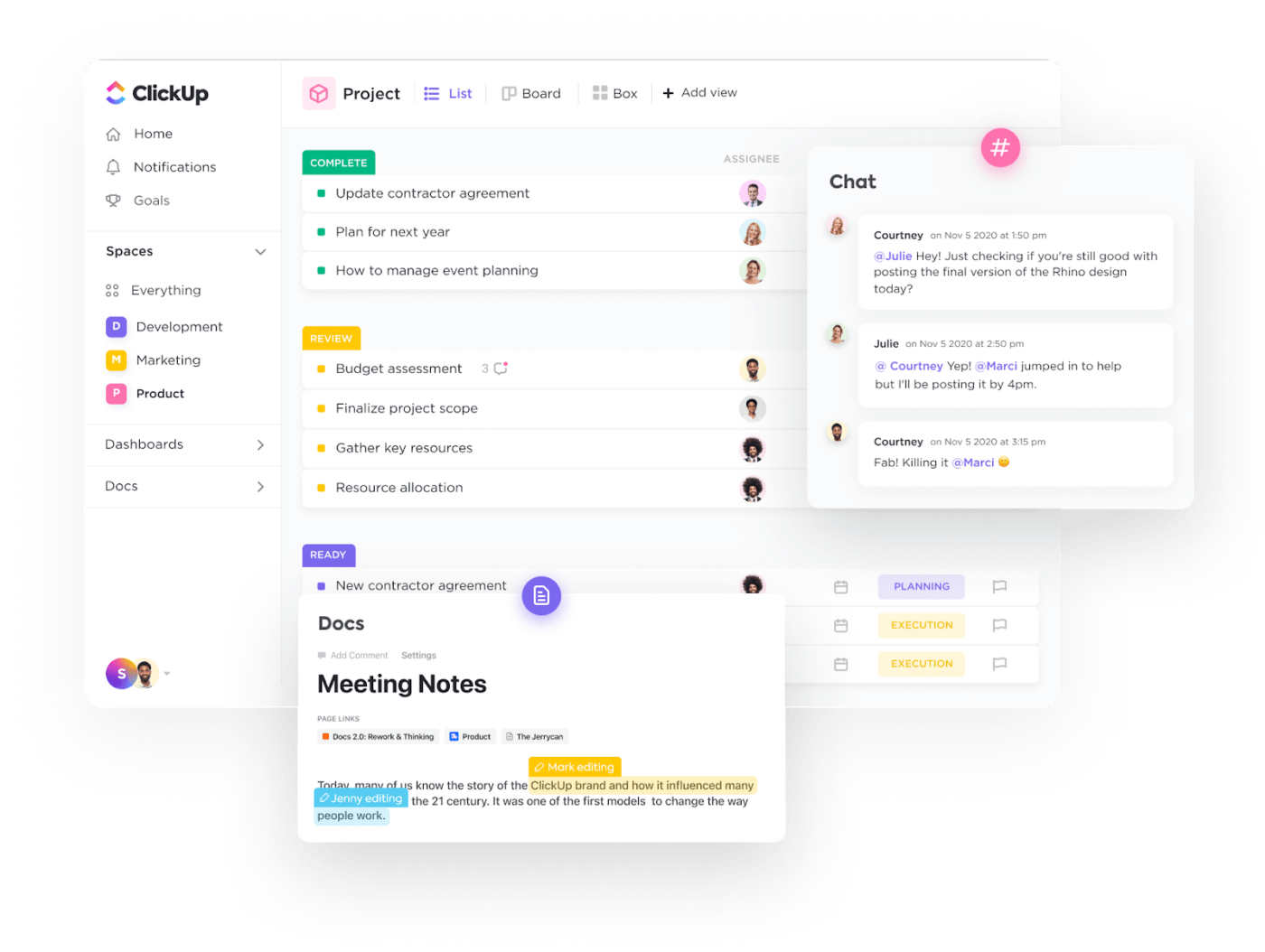
Interpersonal managerial roles: Figurehead, Leader, and Liaison
In this category, the manager is responsible for generating or collecting data, then processing and sharing information with others. Data can be collected from inside or outside the business and it’s the manager’s job to analyze it and ensure it’s delivered to those who need it.
Informational managerial roles: Monitor, Disseminator, Spokesperson
In these managerial roles, the manager uses the knowledge gathered, together with decision-making and communication, to move the organization towards its goals. 🌈
Decisional managerial roles: Entrepreneur, Disturbance-Handler, Resource Allocator, and Negotiator
Now that you understand the categories of Mintzberg’s managerial roles, let’s take a look at each of the 10 managerial role definitions in more detail.
The figurehead role is associated with upper management and is usually invested with a fair amount of authority and power, often in tandem with legal responsibilities.
At this level, managers represent and promote the company externally at client meetings, legal proceedings, or social events. They have an internal role to play too, serving as a role model and inspiring team members to keep moving towards business goals. ✨
In a leadership role, managers oversee the performance of an organization, department, or team and ensure team dynamics remain positive. They set goals—like a sales or project goal—and communicate those to all team members. 🎯

Leaders delegate tasks, check in on progress, and provide feedback, support, and motivation wherever it’s needed. The leader role may also include some human resources functions, like hiring, training, and evaluating staff.
The liaison role is responsible for developing and maintaining internal and external relationships. They serve as a bridge between team members in different teams or at different levels of the chain of command, communicating and connecting people to get work done. 🤝
Liaisons may also coordinate with external stakeholders, such as meeting with clients to understand their needs or networking with partners and suppliers to further the company’s goals.
In a monitor role, managers actively search for information to assess the business’s effectiveness and identify problems and opportunities. For example, they may gather client feedback and discover a recurring problem that requires corrective action—or get inspiration for new products. 💡
Monitors also keep track of industry trends to make sure the business remains competitive and stays in alignment with regulatory changes.
The function of this managerial role is to collect strategic and technical information from different sources and convey it to the appropriate people. The information can include issues raised during one-on-one or team meetings or ideas for new products or services.
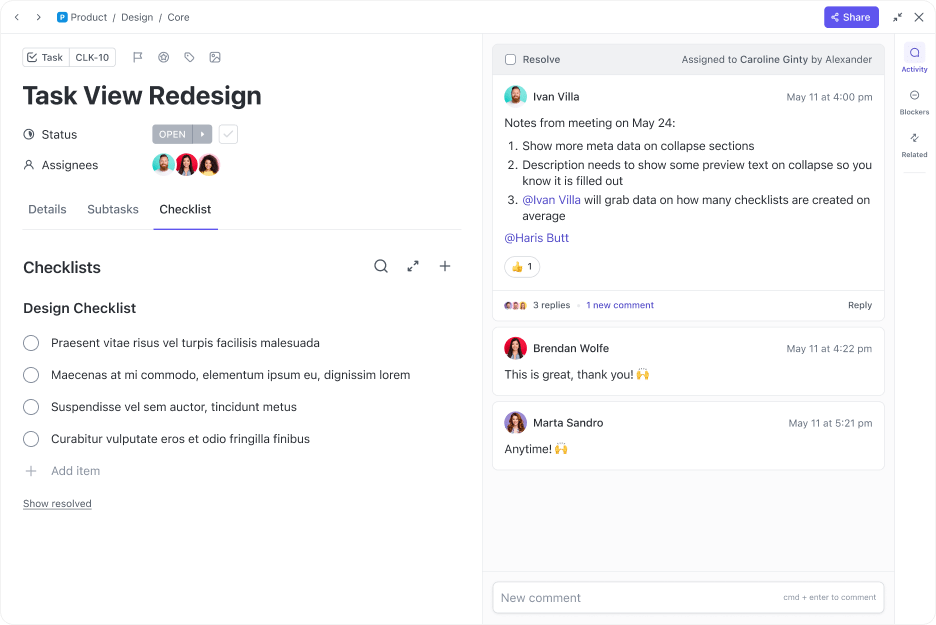
Information could also be proposals to optimize processes by implementing new operations management software. Initiatives may need approval by upper management or dissemination to employees. This can be done verbally or in writing, and either directly with the relevant person or up or down through the chain of command.
In the spokesperson role, a manager is the face of their team or their entire organization. For example, they may present the team’s results and business goals for the next year to the upper management team.
A spokesperson might also share the company’s results at a shareholder’s meeting or speak at a conference to boost the company’s reputation with current or potential clients and investors. 💰
The entrepreneur’s role creates change and innovation within the company while managing business processes and solving problems. They come up with new ideas to keep the business competitive—for instance, they may try new products that are trending. 📈
Entrepreneurial managers decide on strategic initiatives, like using a new marketing channel or forming a business partnership. They also implement any organizational adjustments that may be necessary, like restructuring a department, acquiring another business, or standardizing processes.
In this managerial role, the manager deals with challenges that arise. Disturbance handlers manage issues and fix the problem to maintain productivity and keep operations running smoothly.
Disturbances might include internal issues, such as the loss of a valuable employee or the need for conflict resolution between team members. The problem may also be external, such as dealing with an unhappy client or a vendor breaking a contract. 🪄
In the resource allocator role, the manager decides how to best allocate organizational resources to make the most of available time and budget. Examples of resources include staff members, facilities, materials, and equipment.
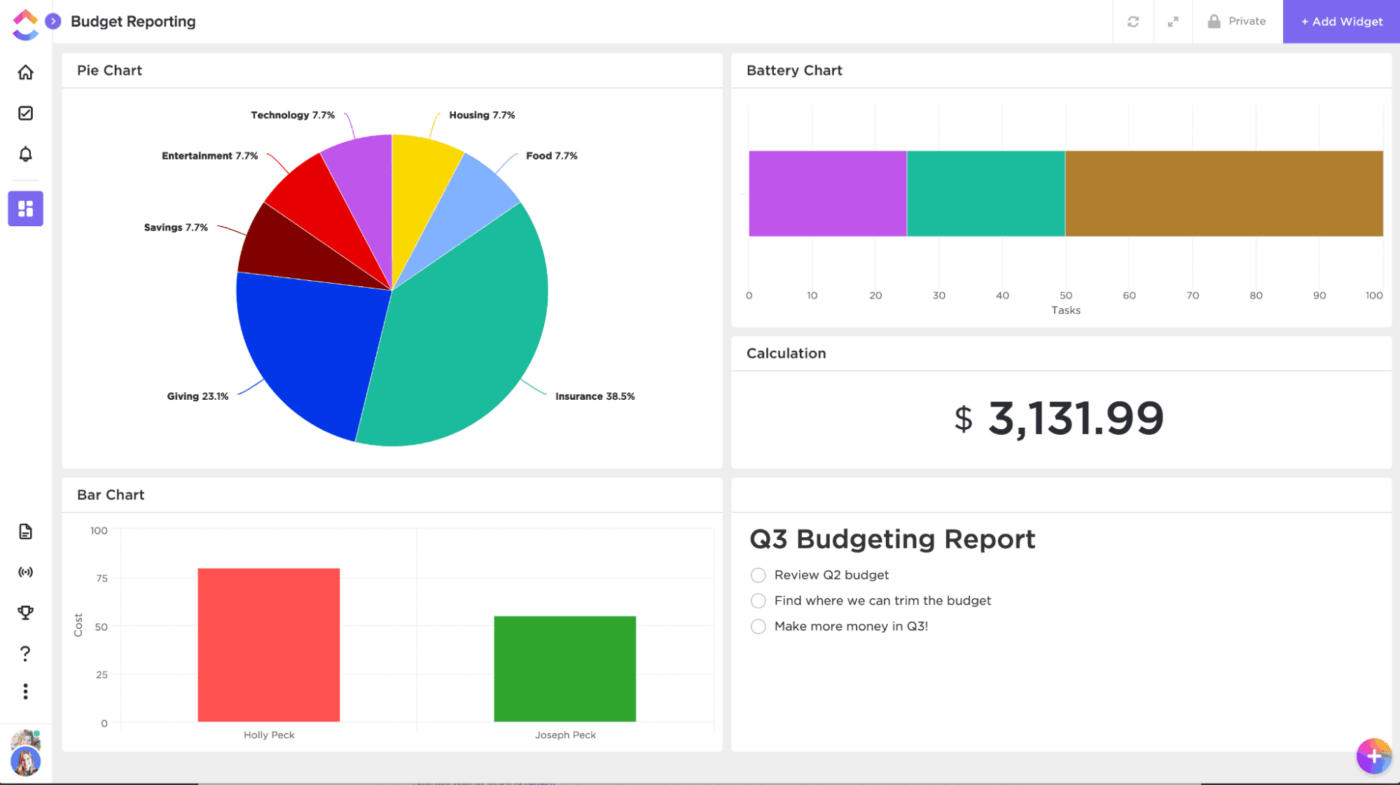
The allocation may require scheduling resources according to project workload, dividing funding between departments based on budgets, or assigning equipment as it’s needed.
The negotiator role involves negotiating on behalf of a department or the entire business to achieve the best possible outcome for all concerned. For example, the manager may need to negotiate with an employee over their salary, with management over the department’s budget, or with another department to gain access to team members with specific skills. Or they may negotiate with clients or vendors around deliverables, due dates, and costs. 💸
Now that you understand the different roles of a manager and some of the principles of management, let’s explore how you can use this knowledge to enhance your own skill set.
To be a truly accomplished and successful manager, you should be able to step into any of the managerial roles as needed. Think about how much you use each role in your current position—or do some research to find out which ones apply to the job you aspire to.
That doesn’t mean you need to be equally good at all of them—very few people are. But it makes sense to develop the areas where you could improve. 💪
One way to do that is to leverage tools that can help you boost your managerial processes.
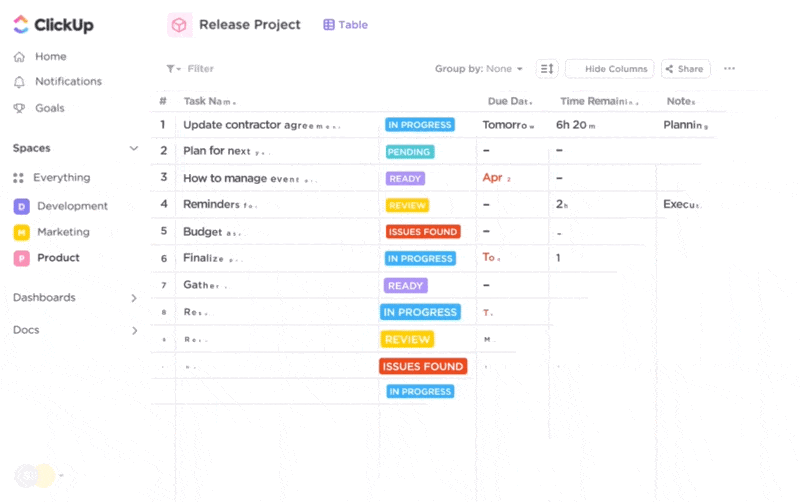
ClickUp is an all-in-one productivity and project management tool that’s ideal for managing your team, enhancing your leadership skills, and streamlining workloads. Use it to identify your goals, plan your road forward, and track your progress—all while saving time and effort at every turn. 🏆
For each of the managerial role definitions, rate your current skill level on a scale of 1 to 10, with 1 being “not skilled” and 10 being “extremely skilled.” You can easily do this in a ClickUp Doc so you can always go back to it later to see how far you’ve come.

Use this evaluation to decide which roles you’d like to focus on improving. Get clear on exactly what you’re trying to achieve and set up ClickUp Goals to work towards. 📌
Use one of ClickUp’s process mapping tools—like ClickUp Whiteboards or ClickUp Mind Maps—to plan your road ahead. For each role you want to work on, map out which specific skills you need to develop.

For example, if you’ve decided you want to improve as a leader and liaison, working on your emotional intelligence and communication skills would be a great place to start.
Or if you’re focused on the spokesperson role, you might need to learn presentation skills. On the other hand, your disturbance handler skills would likely benefit from problem-solving and conflict-resolution training. 🌻
To find the most effective way to upskill yourself, start by asking if your workplace offers in-house courses on any of the skills you’d like to learn. If not, you may need to sign up for an external program. Ask colleagues who are already good at those skills about their recommended books, podcasts, and blogs.
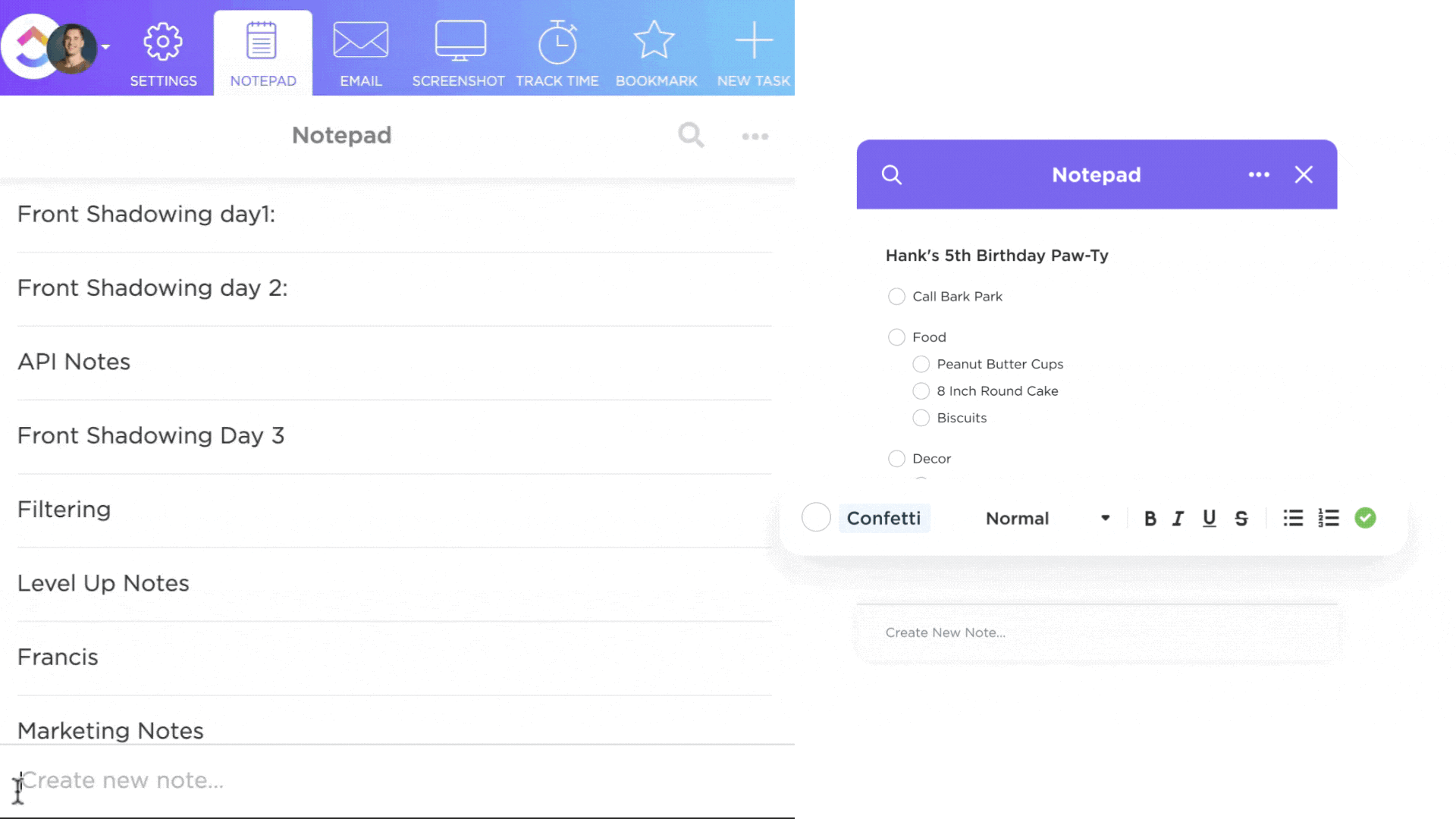
As you learn, take notes in ClickUp Notepad. Then use ClickUp AI to summarize and format your notes so you can quickly refer to them when you need to—without having to wade through your original scribbles. 📝
When you set aside time for something, you’re far more likely to do it. Extract specific tasks from the plan you’ve developed in the previous step and schedule them in your calendar.
Generate trackable ClickUp Tasks directly from any other ClickUp document and add a timeline and due date. You can even link these tasks to specific ClickUp Goals.

Get the courses you plan to attend into your calendar and block off learning time for reading or listening to podcasts. Use ClickUp Calendar View to see a handy visual representation of your plan. 🗓️
Part of mastering managerial roles is carrying out your tasks as efficiently and effectively as possible. Online tools make all the difference here, saving time on mundane tasks so you have more time for what really matters. ⏱️
📮ClickUp Insight: Just 8% use project management tools to track action items.
According to research by ClickUp, about 92% of workers are at risk of losing important decisions due to scattered information pockets across multiple disconnected platforms. To prevent unnecessary platform hopping and context switching, try ClickUp, the everything app for work.
Online tools like employee management software and project management templates streamline team workflows, boosting productivity and effectiveness all around.
Combined with templates like the ClickUp Manager Log, they give you all the information you need to become a better leader, monitor, resource allocator, and disturbance handler.
A key task across all the managerial role definitions is communication. That communication might be with your own team, other departments, upper management, or external stakeholders like clients and service providers. 💬
ClickUp makes it easy with multiple communication tools. Leave comments in ClickUp Docs by tagging individuals or teams with @mentions. Or message anyone on your team in real time using ClickUp Chat View.
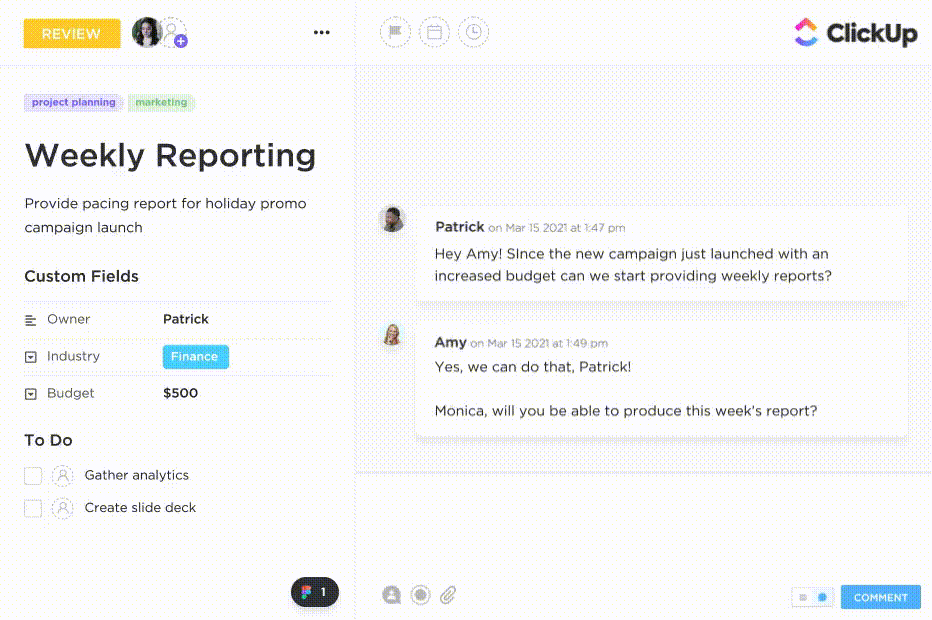
ClickUp also integrates with common communication apps like Zoom and Microsoft Teams so you can start a conference call at the click of a button.
Managing a team or a business requires a wide range of skills. Henry Mintzburg classified those skills into three categories: interpersonal, informational, and decisional roles. These are further divided into a total of 10 managerial roles, which managers use extensively throughout their workday.
Understanding the roles you play helps to define your job and makes it easy to identify where you can further develop your skills. ClickUp’s range of online tools offers you everything you need for this development process—and for every other aspect of your job. 🤩
Sign up for free with ClickUp today—and prepare to take your career (and your team) to the next level.
© 2025 ClickUp